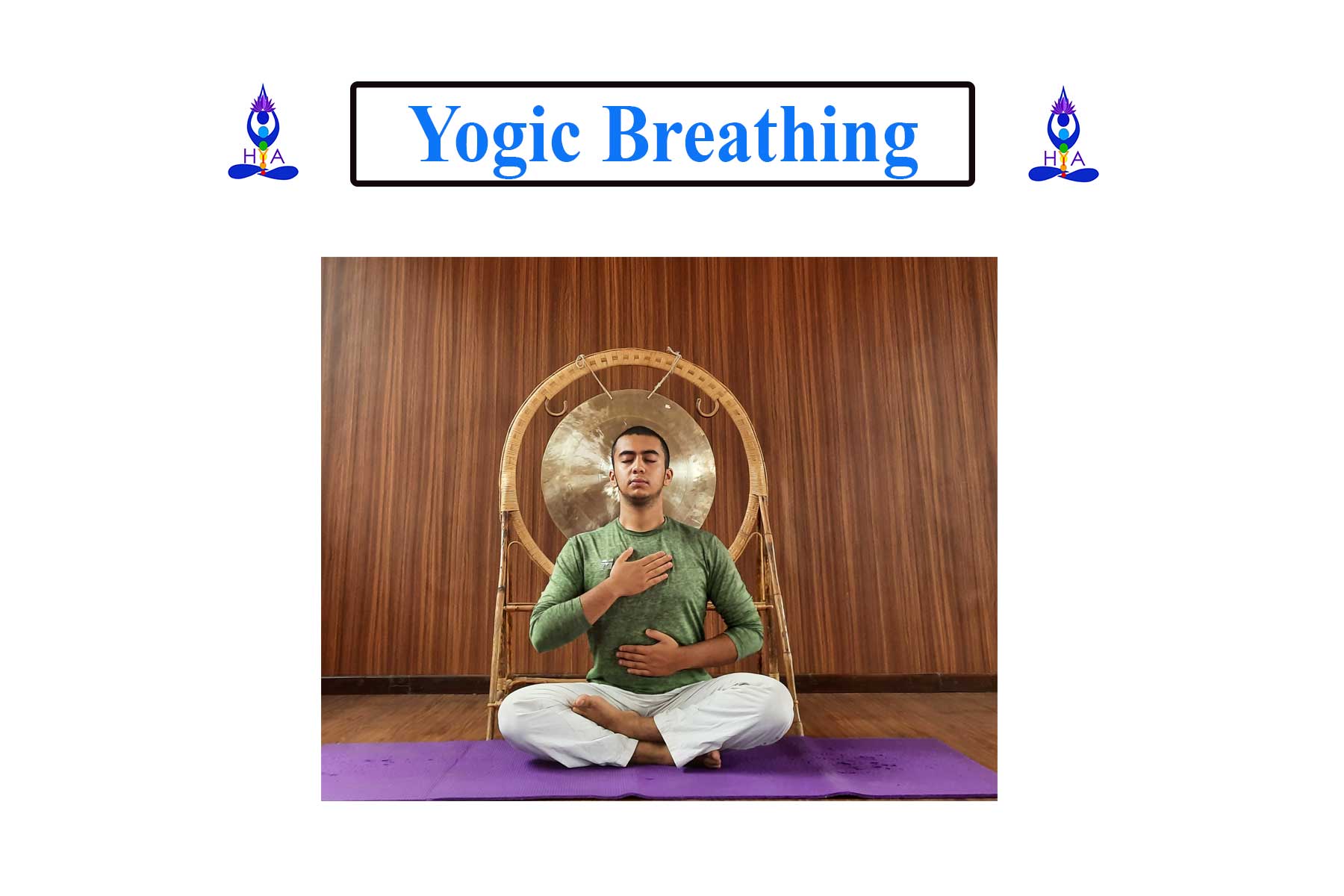
28 Jun 2021 HYN Himalayan Yoga Academy
Full Yogic Breathing is a deeply balancing pranayama (respiratory exercise) that advantages vata, pitta, and kapha. It is now and then called 3–component breath as it works with 3 one-of-a-kind sections of the torso and certainly engages all 3 lobes of the lungs. Full Yogic Breathing revitalizes the whole frame with prana (vital lifestyle force).
In particular, it benefits important organs that can easily become stagnant, constricted, or burdened with emotional and physical stress when we experience tension. It helps maximize inhalation and exhalation. Its purpose is to gain control over breathing, correct poor breathing habits, and increase oxygen intake. You can practice this pranayama at any time, but it is especially effective when practiced intensely for five to fifteen minutes every day—preferably on an empty stomach. The early morning is the ideal time to practice Full Yogic Breath.
You can practice it at any time, especially in situations of high stress and anger, as it helps calm the nerves. While including it in daily yoga routines will correct and deepen natural breathing, it should not be performed continuously. Full Yogic Breathing relieves stress, refreshes the mind, and activates the parasympathetic nervous system, promoting a calmer, more balanced state of being. It also helps correct unhealthy breathing patterns.
How to Do Yogic Breathing
- Sit in a meditation posture or lie in Shavasana and relax the whole body.
- Inhale slowly and deeply, allowing the abdomen to expand fully.
- Try to breathe so slowly that little or no sound of the breath can be heard.
- Feel the air reaching into the bottom of the lungs.
- At the end of the abdominal expansion, start to expand the chest outward and upward.
- When the ribs are fully expanded, inhale a little more until the expansion is felt in the upper portion of the lungs around the base of the neck . The shoulders and collarbone should also move up slightly . Some tension will be felt in the neck muscles.
- The rest of the body should be relaxed.
- Feel the air filling the upper lobes of the lungs.
- This completes one inhalation.
- The whole process should be one continuous movement, each phase of breathing merging into the next without any obvious transition point . There should be no jerks or unnecessary strain.The breathing is like the swell of the sea.
- Now start to exhale.
- First, relax the lower neck and upper chest, then allow the chest to contract downward and then inward.
- Next, allow the diaphragm to push upward and toward the chest.
- Without straining,try to empty the lungs as much as possible by drawing or pulling the abdominal wall as near as possible to the spine.
- The entire movement should be harmonious and flowing.
- Hold your breath for a few seconds at the end of the exhalation.
- This completes one round of yogic breathing.
- At first, perform 5 to 10 rounds and slowly increase to 10 minutes daily.
- Relax any effort and once again watch the spontaneous breathing pattern.
- Bring the awareness back to observing the physical body as a whole. Be aware of the surroundings and gently open your eyes.
Benefits of Yogic Breathing
- It Helps improve hypertension.
- Helps improve digestive system function.
- It can aid with healthy eating habits and weight loss.
